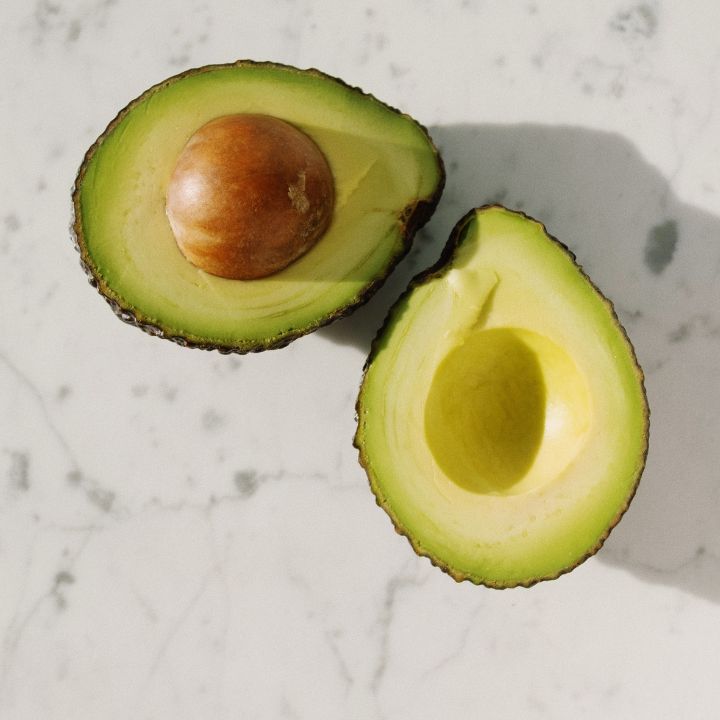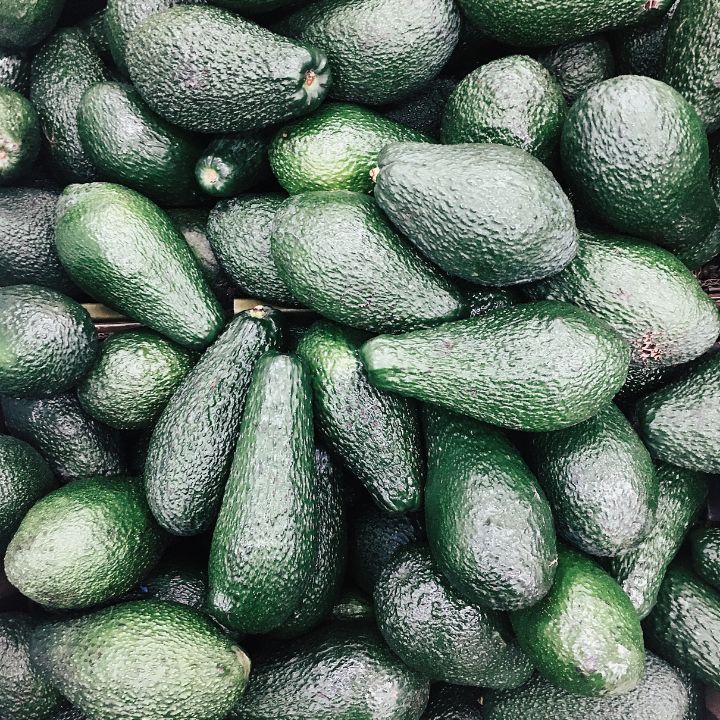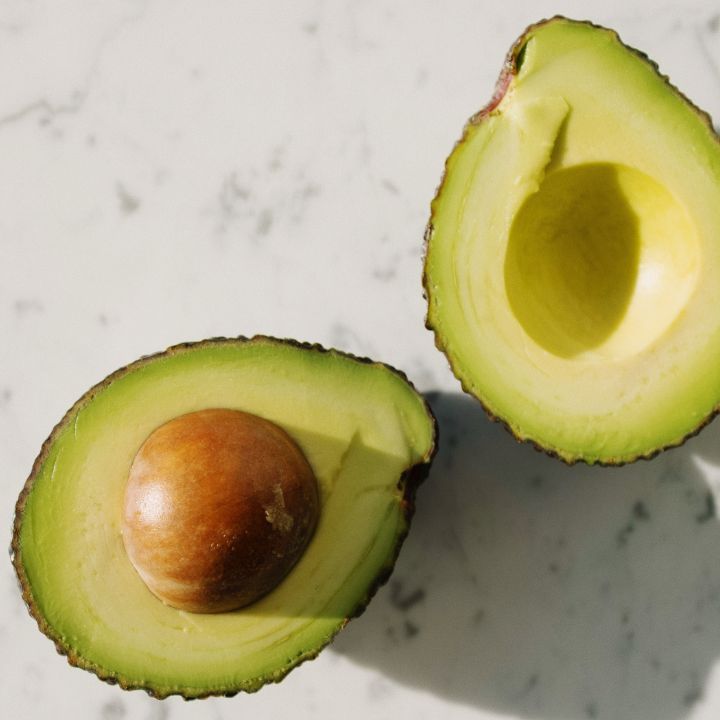Avocados are a fruit that have become increasingly popular due to their unique taste, creamy texture, and potential health benefits. They are packed with nutrients and healthy fats that make them a great addition to any diet. While avocados are typically used in savory dishes such as salads and guacamole, they can also be used in baking to add a rich, creamy texture to a variety of desserts.



Health Benefits
Healthy Fat
One of the main health benefits of avocados is that they are a great source of healthy fats. Avocados are high in monounsaturated and polyunsaturated fats, which have been shown to help lower LDL (bad) cholesterol levels and reduce the risk of heart disease. In addition, avocados are a good source of fiber, which can help to promote digestive health and keep you feeling full for longer periods of time.
Vitamins & Minerals
Avocados are also packed with vitamins and minerals, including vitamin K, vitamin C, potassium, and magnesium. These nutrients can help to boost your immune system, regulate blood pressure, and maintain strong bones and teeth. Avocados also contain antioxidants such as carotenoids, which have been shown to protect against inflammation and chronic diseases.
Avocados in Baking
When used in baking, avocados can provide several benefits. One of the main benefits is that they can be used as a healthy substitute for butter or oil. Avocado can be pureed and used in place of butter or oil in many recipes, such as brownies, cakes, and muffins. This can help to reduce the amount of saturated fat in the recipe while adding a rich, creamy texture to the final product.
Flavor
In addition to being a healthier alternative to butter or oil, avocados can also add a unique flavor to baked goods. Their rich, creamy texture can make desserts more indulgent while still providing several health benefits. Avocado can also be used in recipes such as chocolate mousse or pudding to add a creamy, decadent texture without the need for heavy cream or eggs.
Choose Ripe
When using avocados in baking, it is important to choose ripe, high-quality fruit. Ripe avocados should be slightly soft to the touch and should give slightly when pressed. Overripe avocados may be too soft and may not have the same flavor or texture as a ripe avocado. It is also important to measure the avocado carefully to ensure that the recipe turns out properly.
Creamy
There are many delicious recipes that use avocados in baking. One popular recipe is avocado chocolate chip cookies. These cookies are made with avocado instead of butter or oil, making them a healthier option. The avocado adds a rich, creamy texture to the cookies while also providing several health benefits.
Substitution
Avocado can be used as a substitute for butter in baking, but it is not a one-to-one substitution. In general, you can substitute half the amount of butter with mashed avocado. For example, if a recipe calls for 1 cup of butter, you can use 1/2 cup of mashed avocado instead.
It’s important to note that using avocado as a butter substitute will result in a slightly different texture and flavor. Avocado has a rich, creamy texture that is similar to butter, but it also has a mild flavor that may not work well in all recipes. Additionally, the green color of avocado may be noticeable in light-colored baked goods.
When using avocado as a butter substitute, it’s important to choose a ripe avocado that is soft and mashable. You can mash the avocado with a fork or blend it in a food processor until it is smooth and creamy. The mashed avocado can be added to the recipe in the same way as butter, but you may need to adjust the amount of liquid in the recipe slightly to compensate for the moisture in the avocado.
Another delicious recipe is avocado chocolate mousse. This recipe is made by blending avocado, cocoa powder, and sweetener until smooth and creamy. The resulting mousse is rich and chocolatey, with a velvety texture that is similar to traditional mousse.

